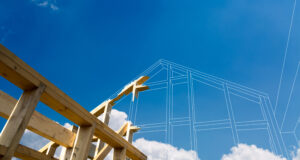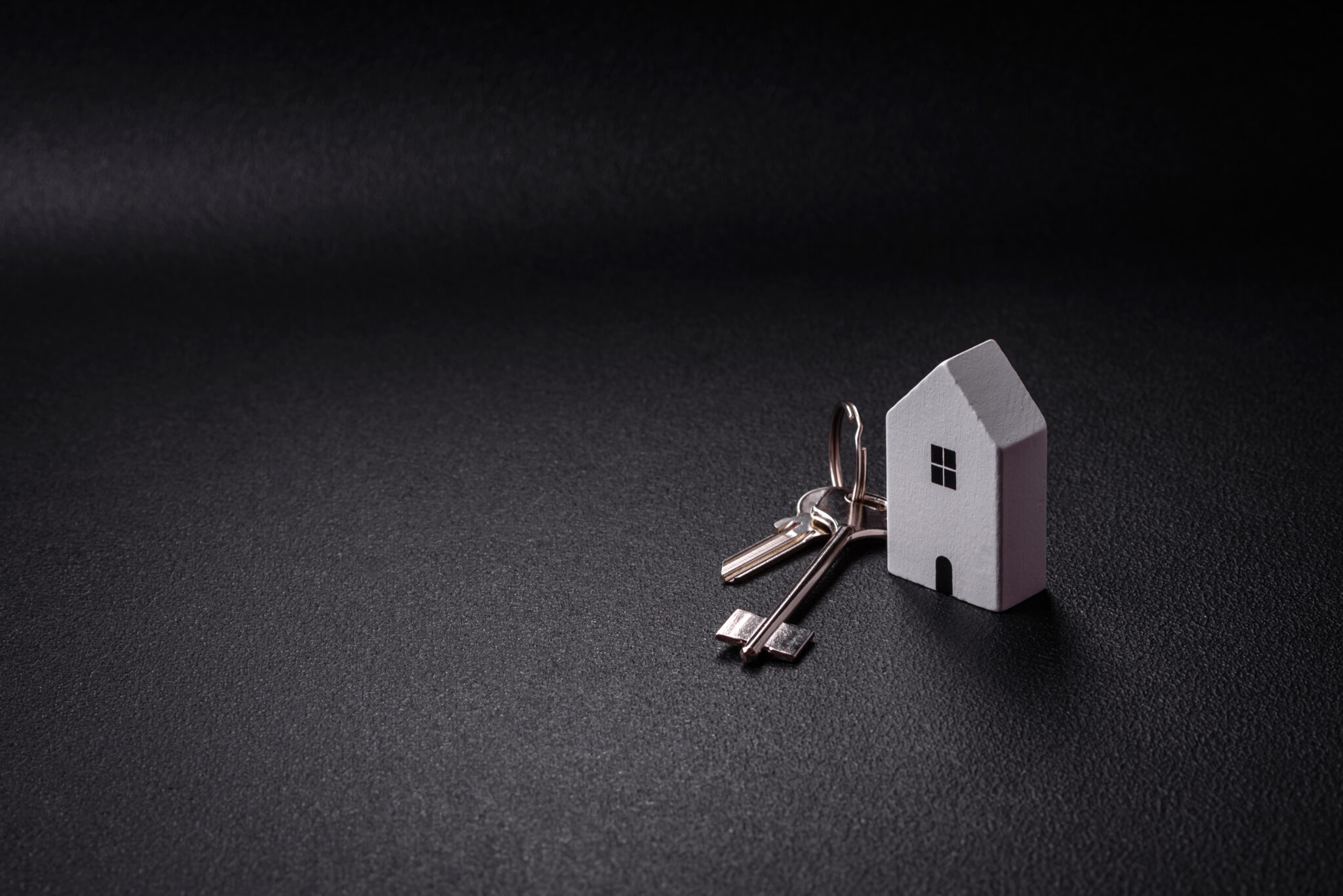 According to a new blog post authored by Jacob Channel, LendingTree’s Chief Economist, home prices have retreated from pandemic highs, especially when compared to 10 years earlier, but some of the extra money people are putting into their homes didn’t' exist 11 years ago, like super-energy efficent refrigerators, or easy to set up security cameras.
According to a new blog post authored by Jacob Channel, LendingTree’s Chief Economist, home prices have retreated from pandemic highs, especially when compared to 10 years earlier, but some of the extra money people are putting into their homes didn’t' exist 11 years ago, like super-energy efficent refrigerators, or easy to set up security cameras.
On the other hand, while new homes cost considerably more per square foot than in 2012 have not gotten any bigger on a national scale; in fact, according to a LendingTree analysis of U.S. Census Bureau Characteristics of new housing data, homes have shrunk slightly since 2012, but average price per square foot have nearly doubled.
Key findings, as highlighted by Channel include:
- The average square footage of new single-family houses sold in the U.S. decreased by 1.0% from 2012 to 2022. Regionally, average square footage shrunk by 3.3% and 2.0% in the South and Midwest, but it increased by 8.0% and 1.6% in the Northeast and West.
- Though homes may be getting smaller in some areas, the average square footage for a new house sold in the U.S. is anything but tiny, at 2,544 square feet. Homes tend to be a bit smaller than the national average in the West and Midwest, where they’re an average of 2,487 and 2,367 square feet, respectively. On the flip side, the average square footage of homes in the Northeast (2,829 square feet) and South (2,584 square feet) is bigger than the national average.
- Homes out West are the most expensive per square foot, where a new house will cost an average of $193.90 per square foot. Cost per square foot is the second-highest in the Northeast at $185.70, while the Midwest and South are the most cost-effective at $139.60 and $130.40 per square foot. Nationwide, buyers can expect to spend an average of $143.80 per square foot.
- The average price per square foot of a new house grew significantly from 2012 to 2022, increasing by 95.1% nationally. From 2012 to 2022, the price per square foot increased by 124.4% in the West, 97.7% in the South, 76.3% in the Midwest and 73.1% in the Northeast.
- Though recently built homes may tend to be slightly smaller than new homes 10 years earlier, they’re still notably larger than those built in the early 1990s and 2000s. For example, the average square footage for new homes sold in the U.S. increased by 11.2% from 2002 to 2022 and 24.2% from 1992 to 2022. That said, the average price per square foot more than tripled from 1992 to 2022, so buyers of yesteryear tended to get more out of their money, even if their homes were smaller.
National and regional average square footage and price per square foot for new homes sold include:
- Average square footage of new single-family homes sold in 2022: 2,544 sq. ft.
- Average price per square foot of new single-family homes sold in 2022: $143.80
- % increase in average square footage from 2012 to 2022: -1.0%
- % increase in average price per square foot from 2012 to 2022: 95.1%
- % increase in average square footage from 2002 to 2022: 11.2%
- % increase in average price per square foot from 2002 to 2022: 122.4%
- % increase in average square footage from 1992 to 2022: 24.2%
- % increase in average price per square foot from 1992 to 2022: 205.1%
So why have homes increased in price but decreased in size?
According to Channel, distressing as it may be, the data indicates that homes have gotten smaller, even as prices have risen — at least nationally. While this may not be great for people interested in getting the most bang for their buck when buying a home, there are various reasons why it’s happening.
For example, increased raw material costs and labor scarcity issues during the pandemic made it considerably more expensive and challenging for builders to construct homes. As the cost of building rose, so did the costs passed on to homebuyers. Unfortunately, even as raw material prices and the labor market have improved since the height of the pandemic, they still present problems to many builders, and costs have remained steep.
Click here to view the blog post in its entirety, including tips for buying in today’s market and regional metrics.
 theMReport.com Your trusted source for mortgage banking news
theMReport.com Your trusted source for mortgage banking news







